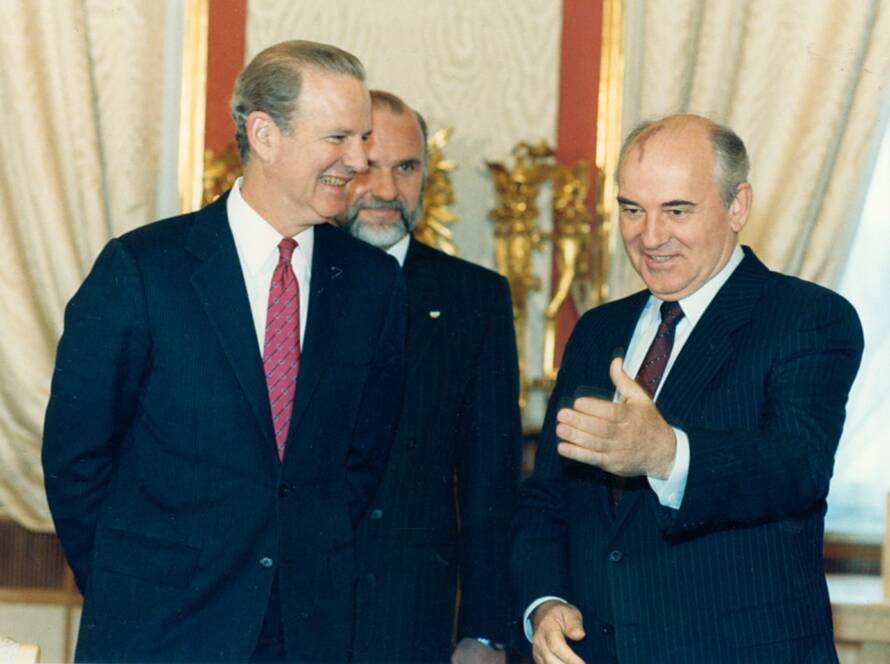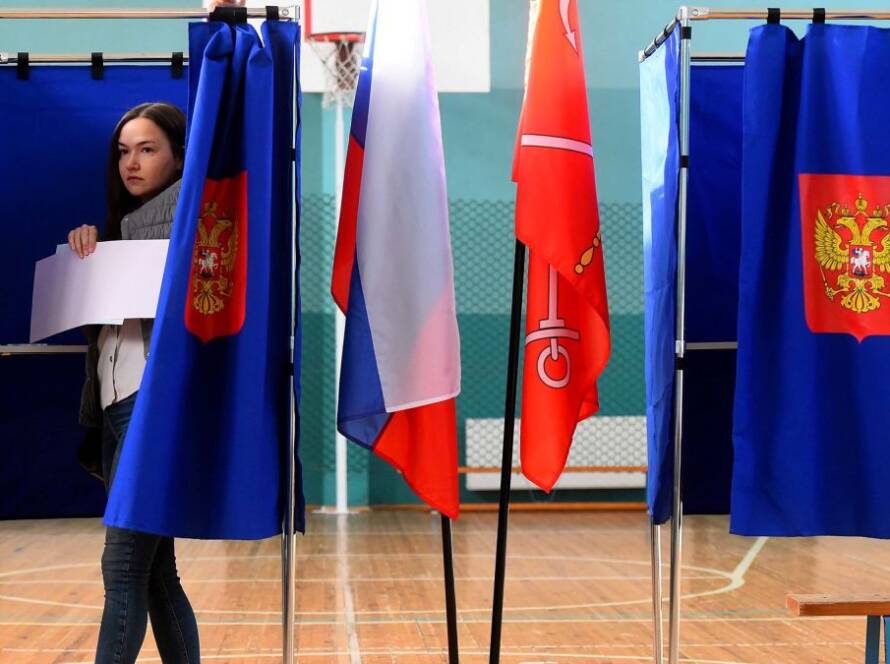By Vinod Moonesinghe
In North Korea, August 15 is Liberation Day, August 25 Songun Day, and September 9 Foundation Day.
The popular picture of the Democratic People’s Republic of Korea (DPRK) as a prison camp on the brink of collapse may be exaggerated.
As the late Pyongyang-based AP journalist Eric Talmadge reported in 2017, the country boasts a bustling consumer culture, with goods in abundance despite rigorous sanctions. This received further coverage when two Australians, Alex Apollonov and Aleksa Vulovic, made a viral video of how they went to the DPRK for a haircut.
Kim Jong-Il eased central planning towards greater reliance on the market, allowing more freedom for petty entrepreneurs, with a shift away from heavy industry towards substantial provision of consumer goods. Kim Jong-Un’s Byungjin (parallel development) policy reemphasized central planning and heavy industry, with emphasis on technology.
According to Lowy Institute, the DPRK spends about 3.5% of its GDP on research and development, one of the highest in the world. Technological innovations, from agricultural drones and civilian satellites to smartphone operating systems and robot vacuum cleaners, abound.
While the government has cracked down on illicit merchants, it continues to emphasize marketisation, from which it derives considerable revenue.
The Korean War
The DPRK had its roots in a World War II agreement between the US and the USSR: the former would occupy the ex-Japanese colony up to the 38th Parallel from the South, the latter the same from the north.
The US used officers (including future South Korean dictator Park Chung-Hee) of the former colonial state, Japan to establish their rule in the South. It proscribed and suppressed socialist and nationalist movements in the South. A total of some 500,000 people were killed or “disappeared”.
The USSR refused to participate in a country-wide election which it claimed (correctly) would be rigged. When the US’s hand-picked candidate Syngman Rhee won by a “landslide” in the South and declared the “Republic of Korea” (ROK), wartime Communist guerrilla leader Kim Il-Sung declared the DPRK in the North.
For years, sporadic clashes took place along the 38th Parallel, as Southern troops attempted to encroach on the North. On June 25, 1950, the Korean People’s Army invaded the South. Due to the United Nations’ recognition of Taiwan as “China”, Russia had boycotted the Security Council, enabling the US to cover its intervention in the war with United Nations approval.
Seesaw fighting, with the intervention of a Chinese volunteer expeditionary force, ended in a bloody stalemate about the 38th Parallel, which the Armistice Agreement converted to a demilitarized zone (DMZ).
Postwar reconstruction
The war killed over three million people and devastated the country. The DPRK would become the third most bombed country in history after Vietnam and Laos.
Far Eastern Air Force Bomber Command’s General O’Donnell testified in 1951 that
“almost the entire Korean Peninsula is just a terrible mess. Everything is destroyed. There is nothing standing worthy of the name… There were no more targets in Korea.”
Head of US Strategic Air Command Curtis LeMay commented that they
“burned down every town in North Korea anyway, some way or another, and some in South Korea, too… Over a period of three years or so we killed off, what, 20 percent of the population of Korea…”
With the armistice, the devastated DPRK began reconstruction efforts, aided by “fraternal socialist states.” Central planning pulled industrial production back to pre-Second World War levels within four years, and the country’s growth surpassed that of South Korea until the 1960s – industrial production growth being the world’s fastest.
A policy of import-substituting self-reliance drove export-led growth. The industrial sector attracted workers away from farms, leading to the mechanization of agriculture.
By the mid-1970s, the DPRK began looking at importing machinery and technology for consumer products from beyond the USSR and China and exporting to Japan and elsewhere. A 1978 CIA study estimated that the DPRK’s per capita gross national product had exceeded South Korea’s until 1976.
Soviet collapse
However, while the South had privileged access to Western markets, US-led actions barred the North from access to markets, which began to experience uneven growth and imbalances.
The situation worsened when Soviet President Mikhail Gorbachev cut aid, and especially following the subsequent collapse of the USSR. Catastrophe struck as floods destroyed its paddy fields, halving rice output to just four million tons. The DPRK calls this period of economic crisis and starvation “The Arduous March.”
The economy survived, due mainly to Kim Il-Sung’s Juche policy, initiated in 1955. Juche integrated the Marxist-Leninist historical materialism with Korean nationalism and political values, around a goal of tight, family-based unity. It emphasized a self-reliant “independent national economy” based on industry, technological independence, and self-sufficiency in resources.
However, following the death of Kim Il-Sung, his son and successor Kim Jong-Il advanced Songun (military-first) over Juche. Songun elevated the military-industrial complex above other sections of society and the economy, giving it priority in the allocation of resources.
It arose partly as a response to The Arduous March, when the military took the lead in recovery efforts, partly as a response to fears of US aggression. In the absence of the Soviet nuclear umbrella, the DPRK hastened to strengthen its defense capability and create its own nuclear deterrent.
Foreign relations
The DPRK’s foreign relations have traversed a complex trajectory, shaped by historical, strategic, and geopolitical factors. Normalization of relations with South Korea, based on the latter’s “Sunshine Policy” of rapprochement, has been a rollercoaster ride, determined by the attitude of the ROK government – right-wingers tending to follow US policy, moderates being more open to discussion. South Korea maintains 3.5 million active and reserve armed forces personnel, compared to the North’s 1.8 million.
The DPRK’s possession of nuclear weaponry has governed US relations with it. According to one popular joke, the US invaded Iraq because of WMD and does not invade North Korea because of WMD. Conversely, DPRK attitudes towards the US are governed by experiences of both the Korean War and of bilateral agreements between the two states.
The 1953 Armistice Agreement stipulated that neither side would deploy new weapons, which the US broke just five years later, by deploying nuclear weapons in the South.
In 1994, the DPRK and the US signed an “agreed framework”, whereby the former would adhere to the non-proliferation treaty and the latter would provide aid, including nuclear power plant – which never came. They have no diplomatic relations. All negotiations take place through third parties.
US sanctions against the DPRK have continued for 73 years, showing no signs of reduction.
Relations with China
China occupies a special place in the DPRK’s foreign relations. Not only is it the biggest trade partner, the two countries share a common history in anti-Japanese resistance.
China’s volunteers supported the North during the Korean War and later helped in reconstruction efforts.
However, strains have appeared due to the Kims’ willingness to test the envelope, especially with nuclear missiles. Analysts have called the two nations “bitter allies”, describing the nuanced relationship between them.
China, as a regional leader, has prioritized balancing sanctions imposed by the US and its allies with the need for stability in the Korean Peninsula to prevent conflict. This can be delicate, as Beijing seeks to retain its influence in Pyongyang without endorsing its nuclear weapons program.
As a permanent member of the UN Security Council, China has supported some sanctions against the DPRK, while preventing more draconian action, to diffuse tensions.
The US pivot against China may bring China and the DPRK close. In 1961 the two signed the Mutual Aid and Cooperation Friendship Treaty in response to Park Chung-Hee’s call for action against the North. In 2021, amidst speculation about the treaty’s renewal, the Chinese Foreign Ministry announced that it would remain in effect until the two states reach an agreement to amend or terminate it. It is the main guarantee of peace and stability on the peninsula.
Relations with Sri Lanka
Chandani Kirinde has explained how Sri Lanka expelled the DPRK embassy shortly after establishing diplomatic relations, following suspicions (never proven) of it backing the 1971 insurrection. On April 15, 1971, the New York Times reported about
“officials in Colombo suggesting that everyone from Eastern European Communists to the North Koreans shares the blame.”
Later evidence revealed by Wikileaks suggests the US had motivation to end ties between the two nations. In April 1974 Ambassador Neville Kanakaratna and Deputy Assistant Secretary of State for the Bureau of Near Eastern and South Asian Affairs Leroy Atherton agreed that
“[t]here has been happy improvement since 1970 when GSL had taken certain actions such as recognition North Korea and North Vietnam which US did not like… Mrs Bandaranaike’s visit to US in 1971 had improved situation and relations now are good.”
In July a DPRK trade delegation received permission to visit on condition it limit itself to trade talks, but Sirimavo Bandaranaike refused to meet it.
Following the 1973 expulsion of Trotskyists from the government, ties with the US improved considerably, with two contracts signed with a US petroleum exploration company. In January 1976, Sri Lanka’s abstention on two UN resolutions on Korea “satisfied” the State Department.
However, the two states continue to have relations. In 2009 Sri Lanka attempted to acquire RPG-7 Rocket Propelled Grenade Launchers and Multiple Rocket Launchers from the DPRK, even though strong US pressure allegedly blocked this.
The DPRK may or may not have interfered in Sri Lanka, but so have India, Israel, the UK, and the US, with whom Sri Lanka continues to have relations. Perhaps the country could prove its non-aligned credentials by reestablishing a diplomatic presence in Pyongyang.
Vinod Moonesinghe read mechanical engineering at the University of Westminster, and worked in Sri Lanka in the tea machinery and motor spares industries, as well as the railways. He later turned to journalism and writing history. He served as chair of the Board of Governors of the Ceylon German Technical Training Institute.
Factum is an Asia Pacific-focused think tank on International Relations, Tech Cooperation, and Strategic Communications accessible via www.factum.lk.
The views expressed here are the author’s own and do not necessarily reflect the organization’s.


